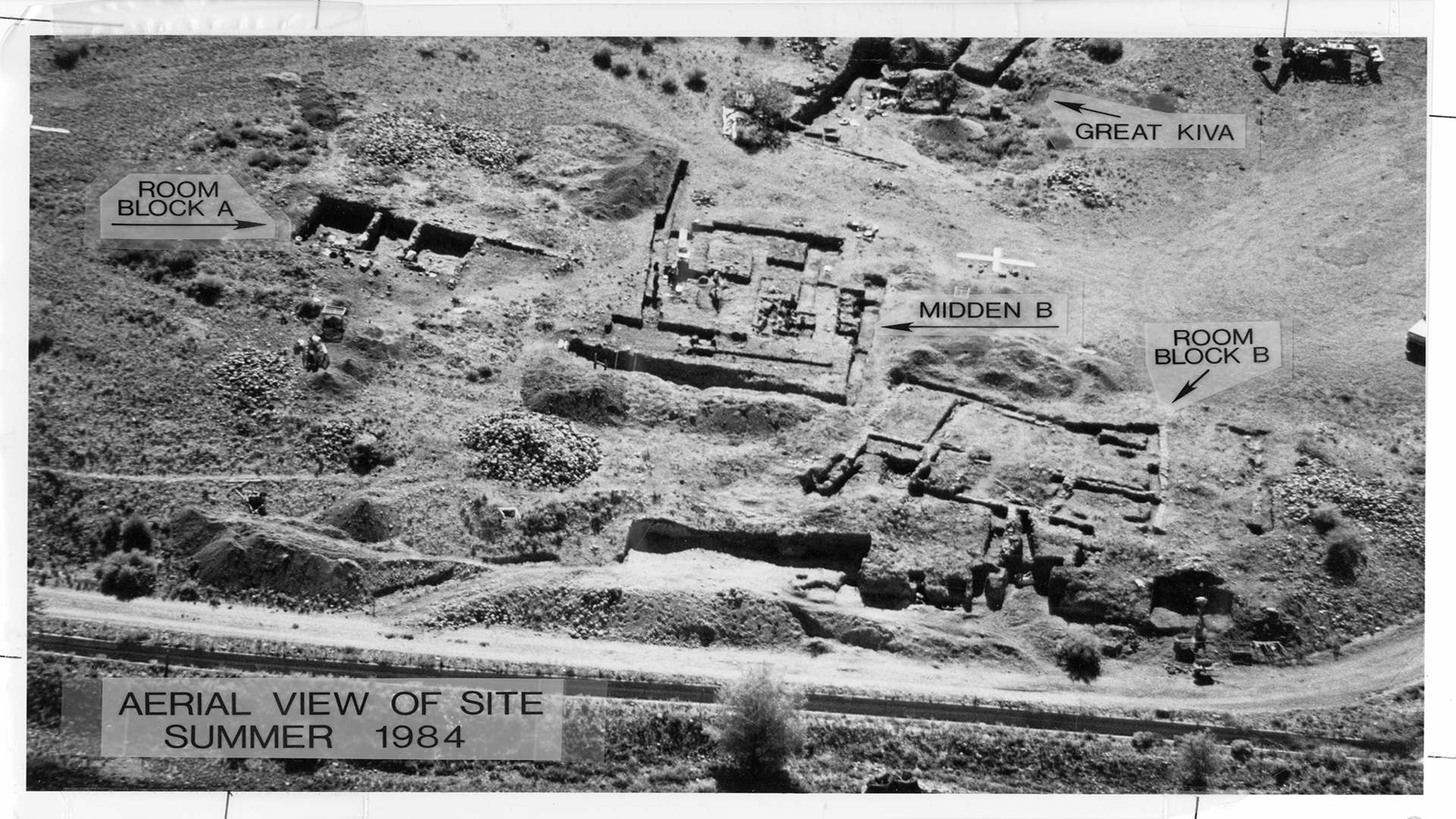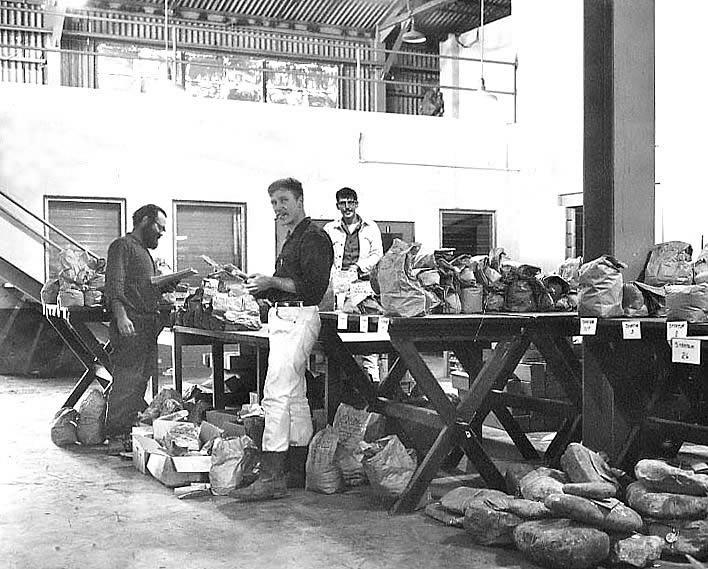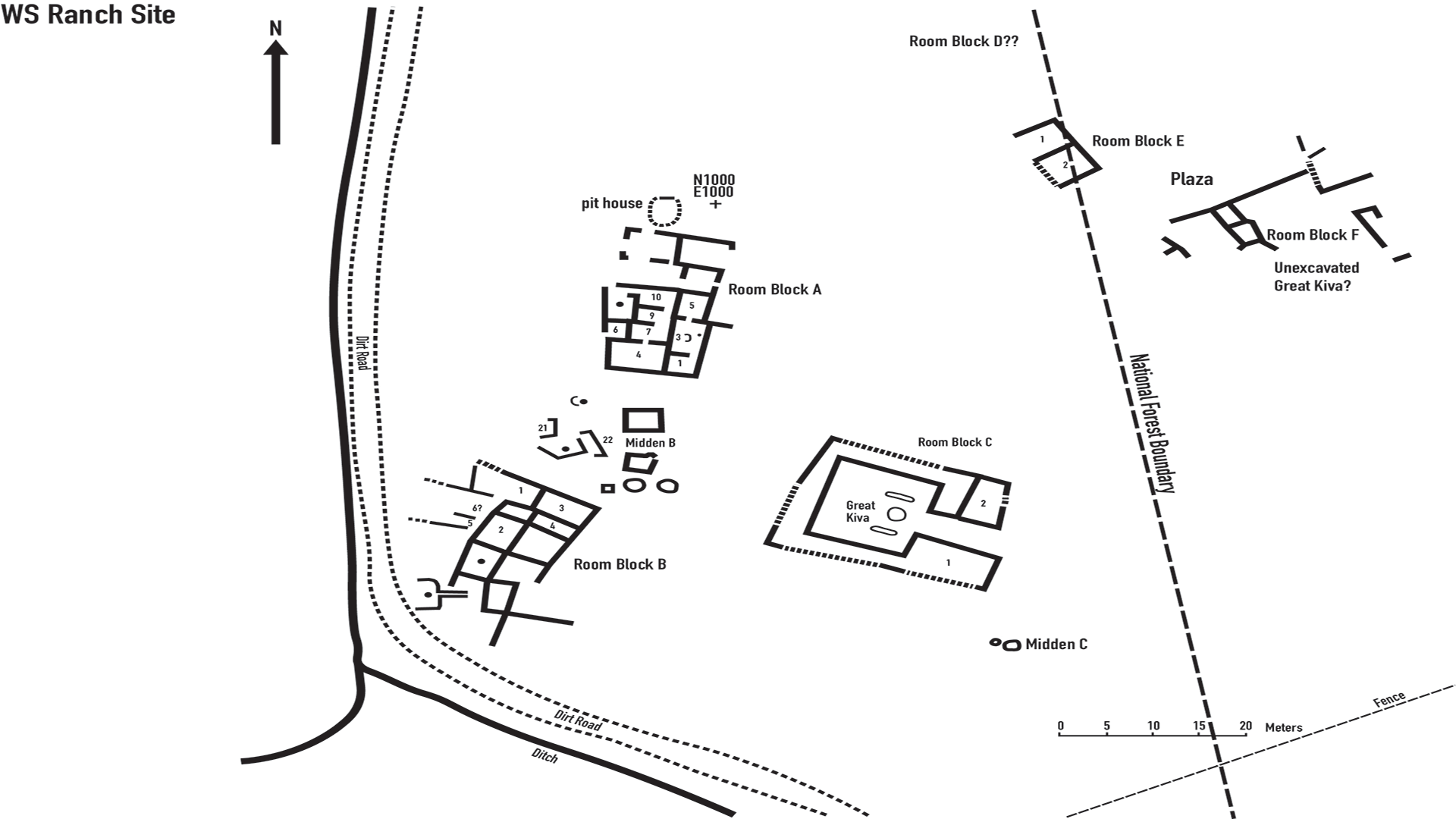The story of a hard-luck orphan who makes good is irresistible.
Oliver Twist, Little Orphan Annie and Harry Potter all captivate us—if we meet them young. Orphans who have been neglected for years, who have been around the block, grown up and grown edgy we don’t love as much (Think the Artful Dodger, Wolverine, Tom Riddle/Voldemort). These orphans are usually past their prime, and past salvation.

Archeological collections are no different. Newly excavated materials hold pride of place in academia. They are new, fresh, full of promise, (usually) collected with scientific rigor and poised to answer big questions about the ancient past. They almost invariably go on to lead productive, published, research-filled lives.
Old, orphaned collections often represent the opposite: burdensome, troublesome, collected haphazardly, difficult to manage, problematic, lamented and ignored.
In an effort to stop this cycle of neglect, the Department of Anthropology recently took legal and physical possession of the 1,000-year-old W.S. Ranch collection from southwestern New Mexico, near the modern town of Alma. We also just received a grant of nearly $300,000 from the National Endowment for the Humanities to process and catalog that collection for the first time ever.
The W.S. Ranch collection consists of roughly half a million artifacts from the Late Pithouse (AD 550-1100), Classic Mimbres (AD 1000-1150) and Tularosa Phase (AD 1150-1350) material cultures of New Mexico.
Dr. James Neely and his students from the University of Texas excavated the long-occupied site and five nearby satellite sites between 1977-1994. It was one of the last large-scale field school excavation projects in the Southwest—one in which entire rooms, pithouses and other structures were completely excavated. (We almost never do this today—we excavate small portions of those rooms and leave some of the deposits intact.) Pottery vessels and sherds, stone tools and lithic debris, bone tools and animal remains, ornaments, exotic raw material, and 30 linear feet of documentation. By any measure it’s a huge, and hugely significant, research collection.

The W.S. Ranch Site is a key component to understanding the northernmost expression of Mimbres culture during a period of dynamic social and cultural change in what is now the U.S. Southwest in the 12th century. This period saw collapses of regional centers, reorganization and migration across the region and the site. The nearby San Francisco and Gila River drainages are still a poorly understood part of this puzzle.
This collection will add to the already burgeoning research plans by the Museum for that area of the world (the highlands of West-central New Mexico). The project is the capstone to research spearheaded by Director of Anthropology Stephen E. Nash, Curator of Archaeology Michele Koons and others who have spent eight field seasons in the area and continue to conduct active research and pick at the thorny research questions for this high, remote, vibrant and understudied region of Mimbres/Mogollon culture.
We do not yet know what exactly we will discover when the bags and boxes are unpacked from this long-orphaned collection.

Two years from now, when it’s washed and sorted, analyzed and tested, we will have the basis for a new and better understanding of the people who inhabited this site. We will better understand how they interacted with their environment over the centuries, how their material culture changed through time, whether they welcomed immigrant people or groups into their lives, what their relationship with regional centers might have been, and how they lived their day-to-day lives. I simply cannot wait to get started.
